1. Which general founded Saigon?
- Tran Quang Khai0%
- Nguyen Huu Canh0%
Ho Chi Minh City's electronic information portal introduces as follows: In February 1698, Le Thanh Marquis Nguyen Huu Canh, then the Governor of Binh Khang, obeyed the order of Lord Nguyen Phuc Chu and marched his army to the South.
This was his first time in Dong Nai - Gia Dinh. He studied the natural geography and the residents. Then he defined the boundaries, established administrative units, assigned people to appropriate positions, and designated places for patrol stations and attack gates.
In establishing administrative units, Nguyen Huu Canh also followed the organizational system as in the old land. Initially, Nguyen Huu Canh established Gia Dinh prefecture on the new land, including 2 districts, Phuoc Long and Tan Binh, taking Dong Nai River and Saigon River as the natural boundary between the two districts.
In Phuoc Long district, now the area of Dong Nai, Ba Ria - Vung Tau, Binh Duong provinces, a small part of Ho Chi Minh City (now Thu Duc City), Tran Bien palace was built (later Bien Hoa province). In Tan Binh district (now Ho Chi Minh City, Tay Ninh province, most of Long An province, a part of Tien Giang province (Go Cong area), Phien Tran palace was built (later Gia Dinh province).
Each district is divided into 4 cantons. Phuoc Long district has 4 cantons: Phuoc Chanh, Binh An, Long Thanh and Phuoc An. Tan Binh district has 4 cantons: Binh Duong, Tan Long, Phuoc Loc and Thuan Cach (changed to Thuan An during the Gia Long dynasty).
After Nguyen Huu Canh finished laying the administrative foundation at Gia Dinh Palace, Lord Nguyen ordered the localities, from Nam Bo Chinh to the south, to mobilize and recruit the poor and the homeless to come here to settle down and reclaim the wasteland. From then on, the population of Gia Dinh Palace increased day by day, thanks to the flexible policies of Lord Nguyen.
2. Who was the first secretary of the Saigon City Party Committee?
- Nguyen Van Loi0%
- Brain Tran0%
- Vo Phong0%
According to the Ho Chi Minh City Party Committee news page, comrade Nguyen Van Loi was born in 1906, in Thach Chau commune, Thach Ha district, Ha Tinh province, and joined the Tan Viet party in 1925 in Ha Tinh.
In June 1925, comrade Nguyen Ai Quoc established the Vietnam Revolutionary Youth Association to gather Vietnamese patriots; train and educate cadres following the communist trend to bring them back to the country to work, create a base among workers in three regions to prepare for the establishment of a Communist Party in Vietnam.
In October 1926, after completing the course, two members, Phan Trong Binh and Nguyen Van Loi, were sent by comrade Nguyen Ai Quoc to work in Saigon.
In early 1927, comrade Nguyen Van Loi went to Saigon, and asked an acquaintance who was a driver for a forest ranger to help him find a job at Bien Hoa airport. He then moved to work at the Saigon Railway Depot for about 6-7 months and then quit (because the foreman was demanding money). After leaving the Saigon Railway Depot, he worked as a mechanic at the Phu Lam Radio Company. During this time, he was still active in the Tan Viet organization.
In mid-1927, the number of Youth Organization members in Saigon and the provinces was quite large. The provisional Ky Bo was established, including Phan Trong Binh, Nguyen Van Loi, and Ngo Thiem, with Phan Trong Binh as Secretary.
In early 1929, comrade Nguyen Van Loi returned to Ben Luc, Trung Huyen to propagate the principles and purposes of the Vietnam Revolutionary Youth Association among members of the Nguyen An Ninh Secret Society.
At the end of 1929, in Saigon, the Indochinese Communist Federation was established. Comrades Hai Trieu and Tran Huu Chuong, representing the Indochinese Communist Federation, went to Ha Tinh to attend a meeting in Duc Tho and were arrested. Therefore, comrade Nguyen Van Loi was transferred to do party work for the Indochinese Communist Federation (headquartered on Ham Nghi Street). He was represented by the Indochinese Communist Federation to participate in unifying the Party, establishing a single Communist Party named the Communist Party of Vietnam on February 3, 1930, and participating in the first Regional Party Committee of Cochinchina.
In March 1930, the Provisional Executive Committee of the Southern Region merged communist organizations in Saigon. The Provisional Executive Committee of the Saigon City Party Committee was also appointed, consisting of 5 comrades, with comrade Nguyen Van Loi as Secretary.
3. In what year was Saigon renamed Ho Chi Minh City?
- 19750%
- 19760%
- 19770%
On July 2, 1976, the National Assembly of unified Vietnam decided to change the name of Saigon - Gia Dinh city to Ho Chi Minh City. Up to now, the name Ho Chi Minh City has been used for nearly 50 years, but the name Saigon is still used daily in people's lives.
4. Who was the first secretary of Ho Chi Minh City?
- Vo Van Kiet0%
- Mai Chi Tho0%
- Vu Dinh Lieu0%
Mr. Vo Van Kiet was the first Secretary of Ho Chi Minh City.
According to the Ho Chi Minh City Party Committee news page, the City Party Committee's Executive Committee, term I (1977-1980) included the following gentlemen:
1. Vo Van Kiet (Sau Dan) - Secretary
2. Mai Chi Tho (Nam Xuan) - Deputy Secretary - Chairman
3. Tran Ngoc Ban (Muoi Huong) - Deputy Secretary
4. Nguyen Kien Lap (Ten Poems)
5. Vu Dinh Lieu (Tu Binh)
6. Nguyen Ho (Tam Yen)
7. Nguyen Vinh Nghiep (Sau Tuong)
8. Nguyen Van Thuyen (Ba Ton)
9. Tran Trong Tan (Hai Tan)
10. Le Dinh Nhon (Chin Le)
11. Phan Thi Tot (Ba Tot)
12. Tran Van Danh (Mr. Tran)
5. How many district-level administrative units does Ho Chi Minh City currently have?
- 200%
- 210%
- 220%
Ho Chi Minh City currently has 22 district-level administrative units including:
City: Thu Duc
Districts: 1, 3, 4, 5, 6, 7, 8, 10, 11, 12, Binh Thanh, Go Vap, Binh Tan, Tan Binh, Tan Phu, Phu Nhuan
Districts: Hoc Mon, Nha Be, Binh Chanh, Cu Chi, Can Gio.
Source: https://vietnamnet.vn/ai-la-bi-thu-dau-tien-cua-tphcm-2387565.html






![[Photo] Visiting Cu Chi Tunnels - a heroic underground feat](https://vstatic.vietnam.vn/vietnam/resource/IMAGE/2025/4/8/06cb489403514b878768dd7262daba0b)

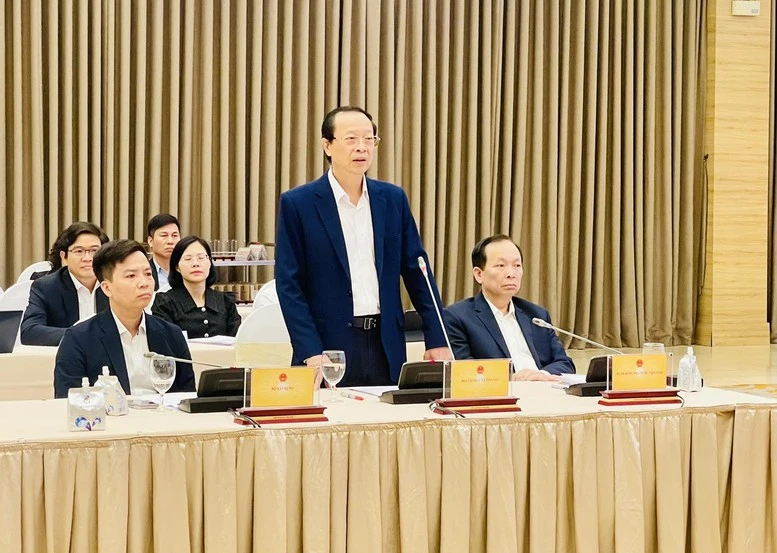
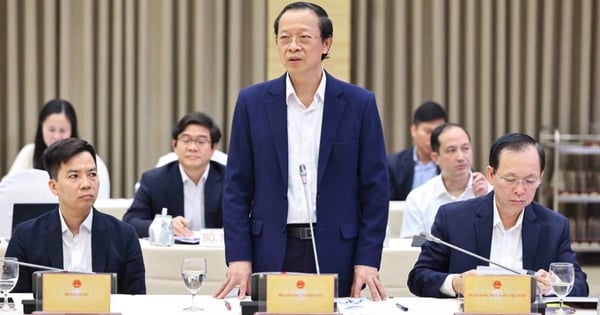
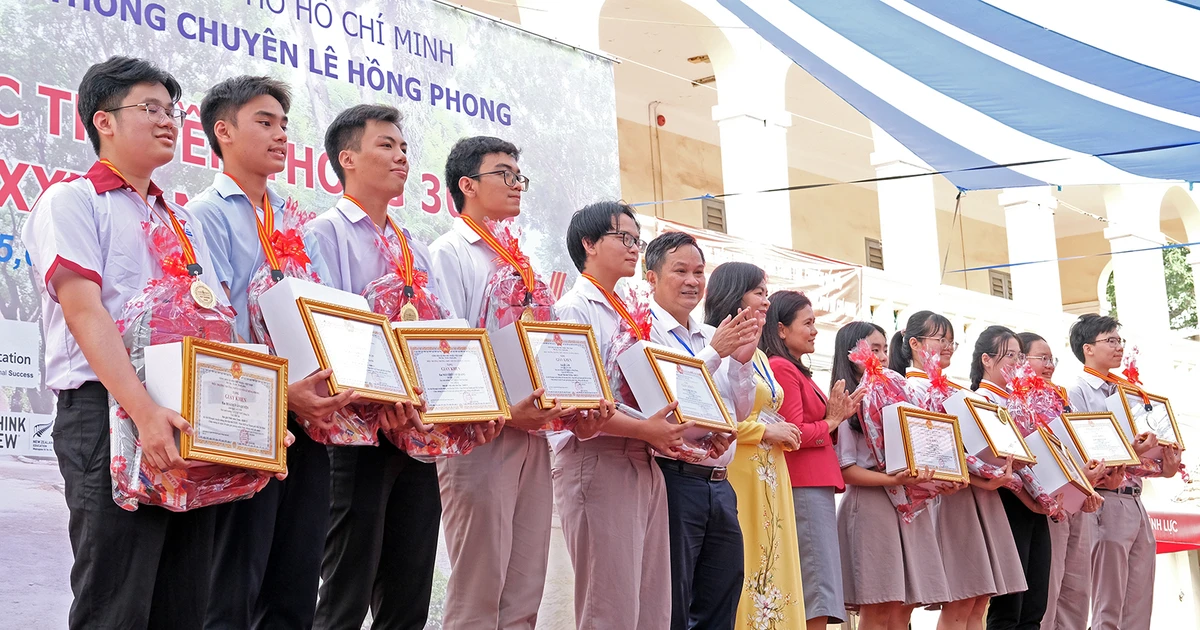
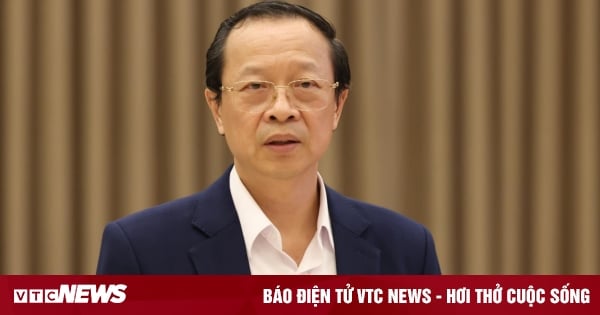
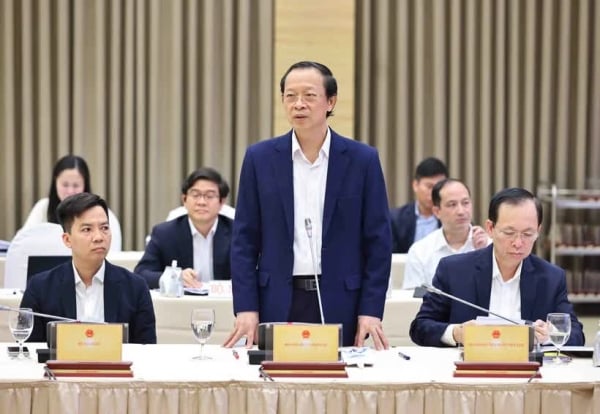

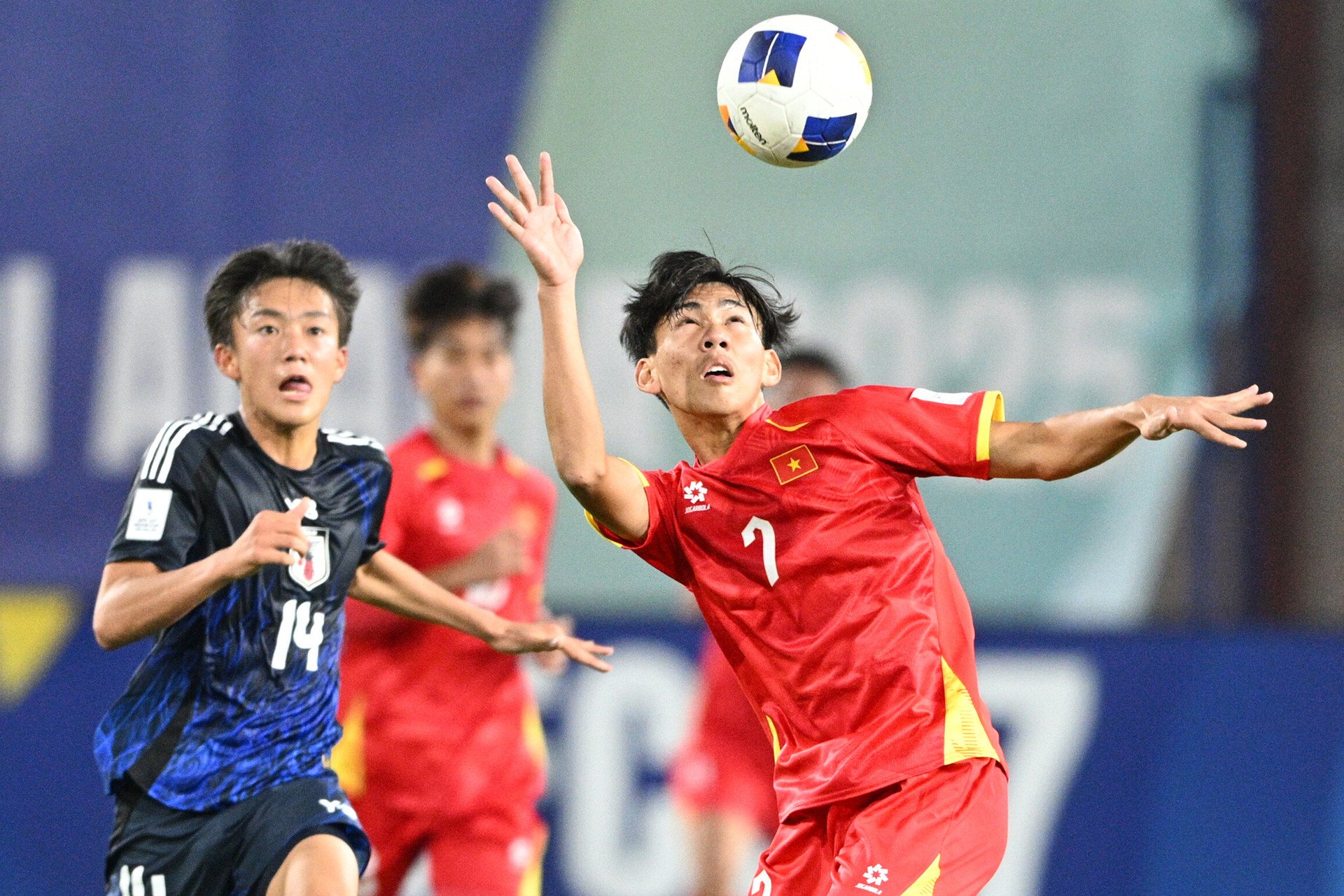
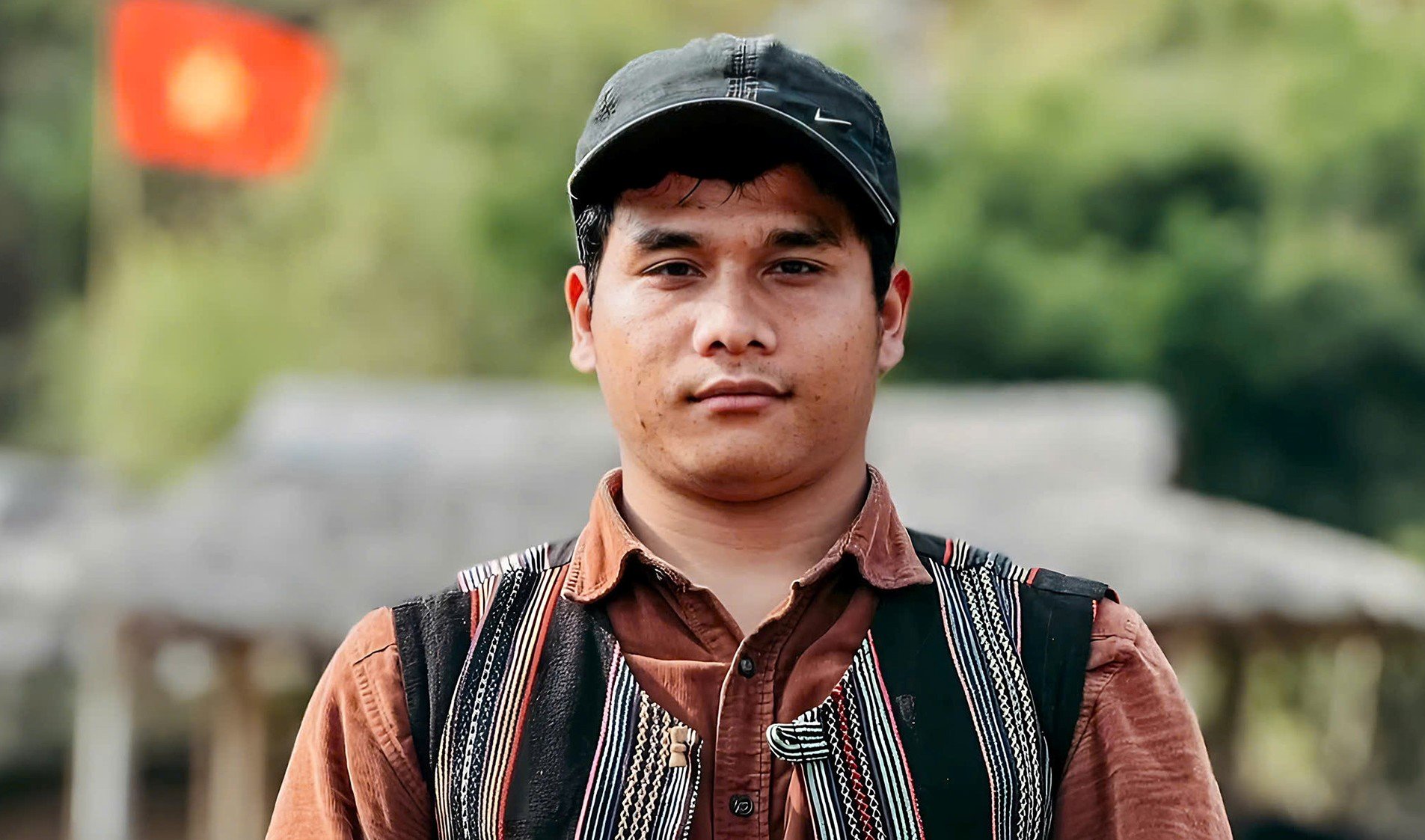


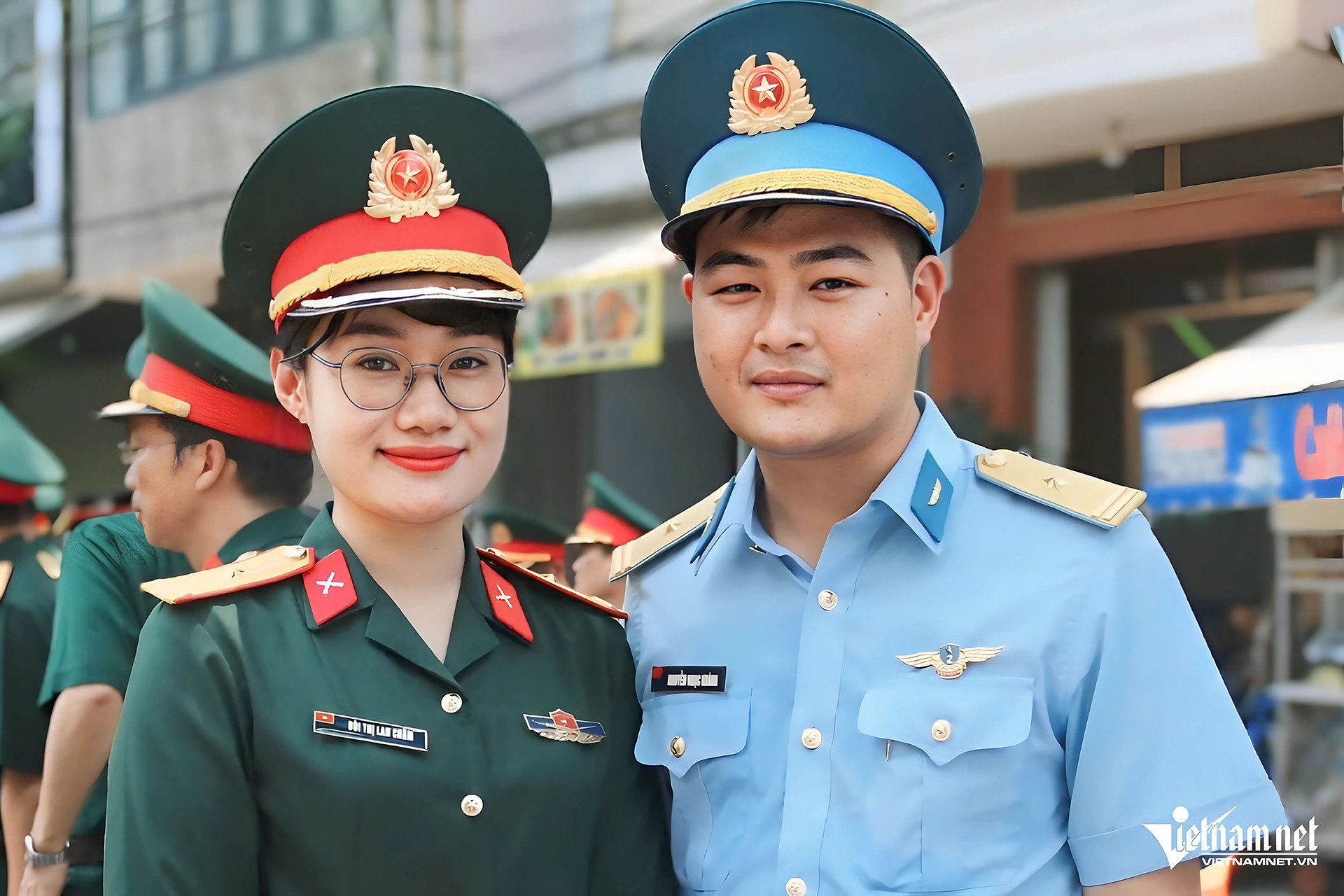
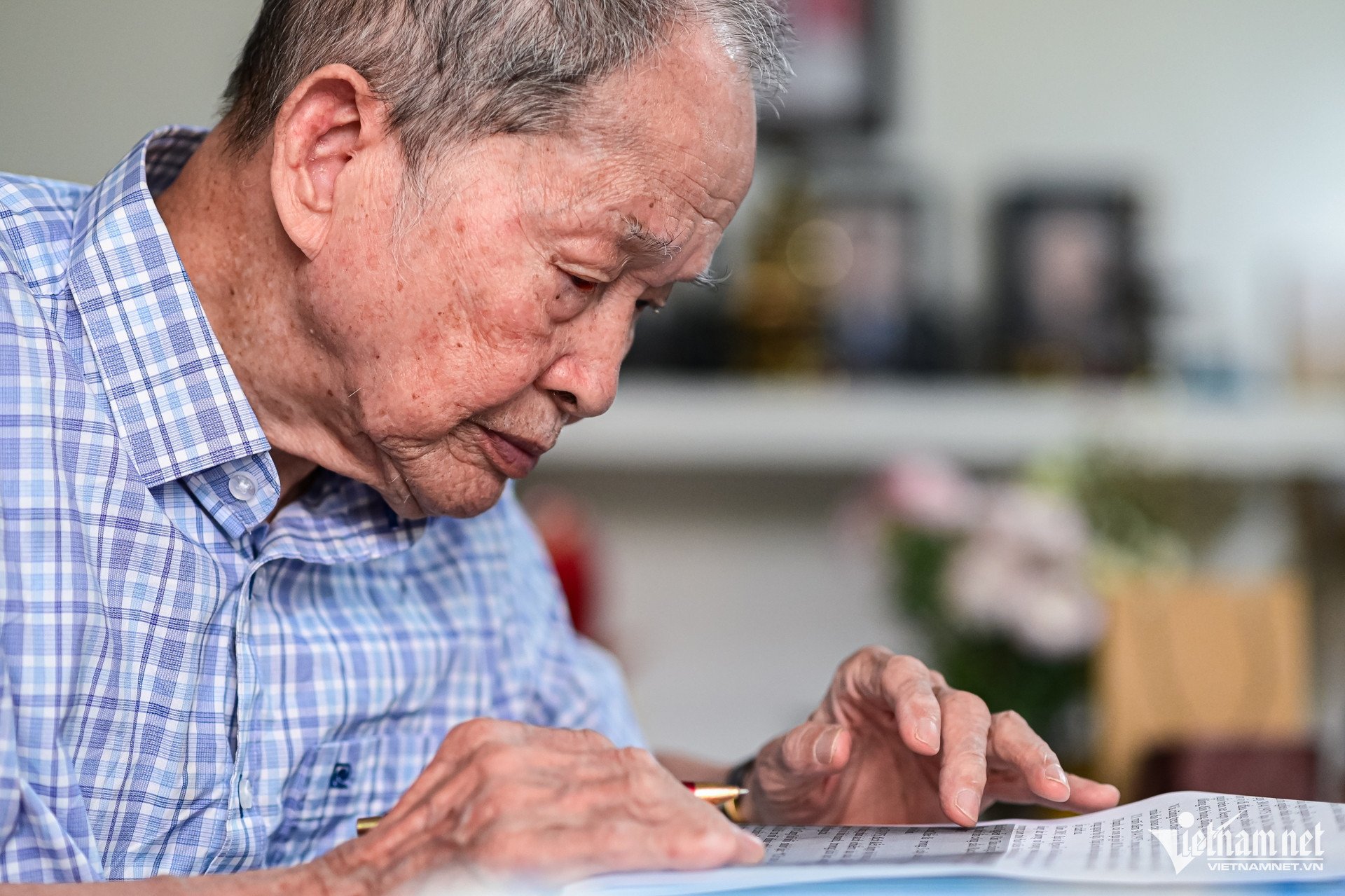


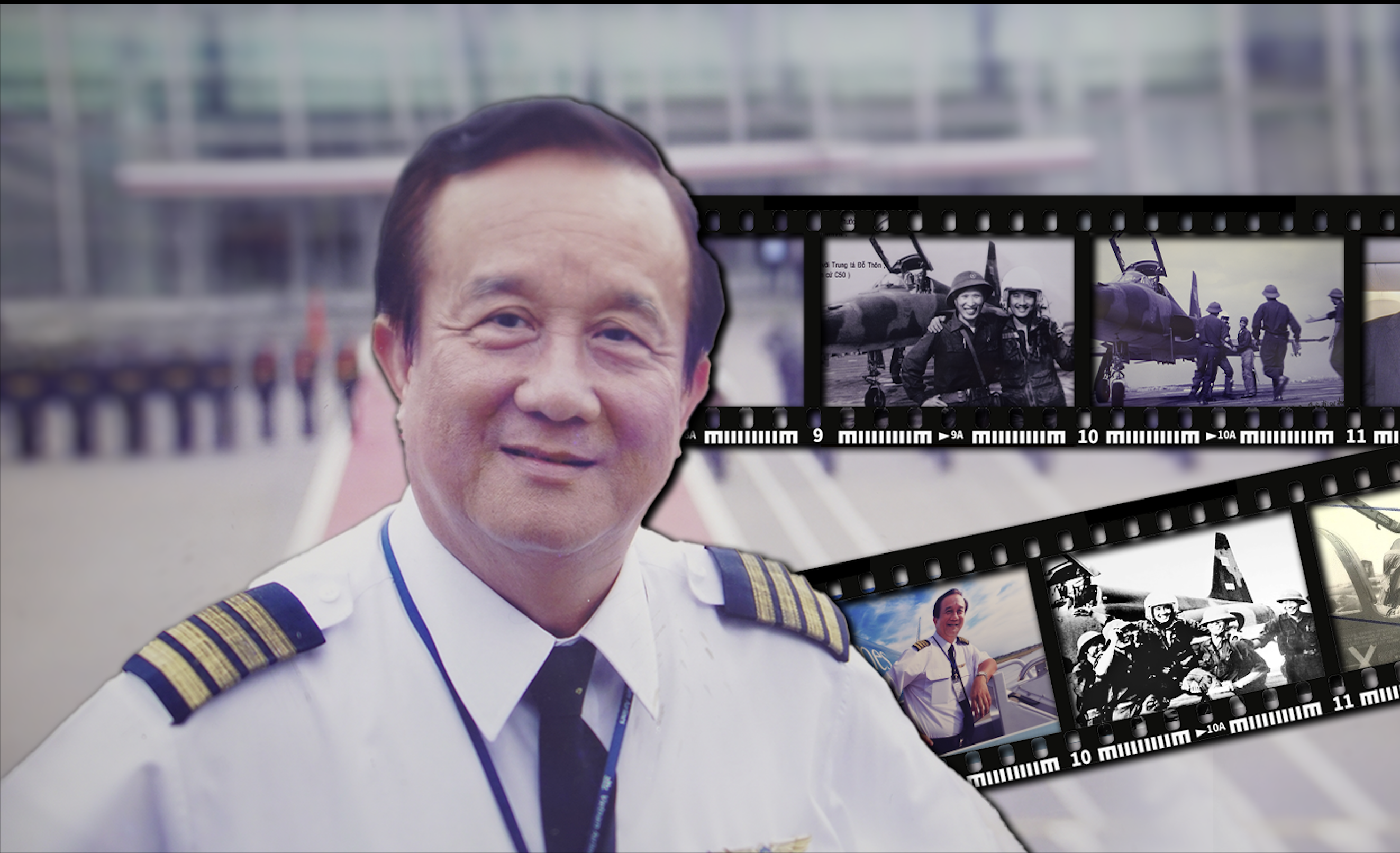
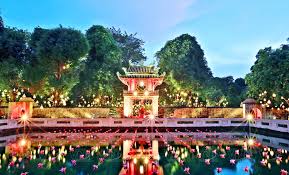

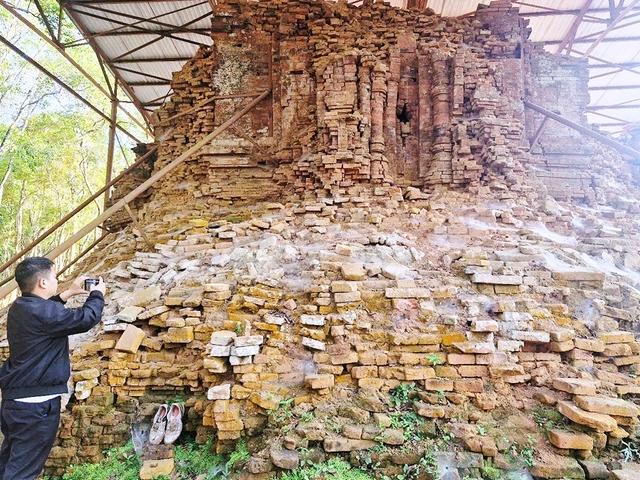



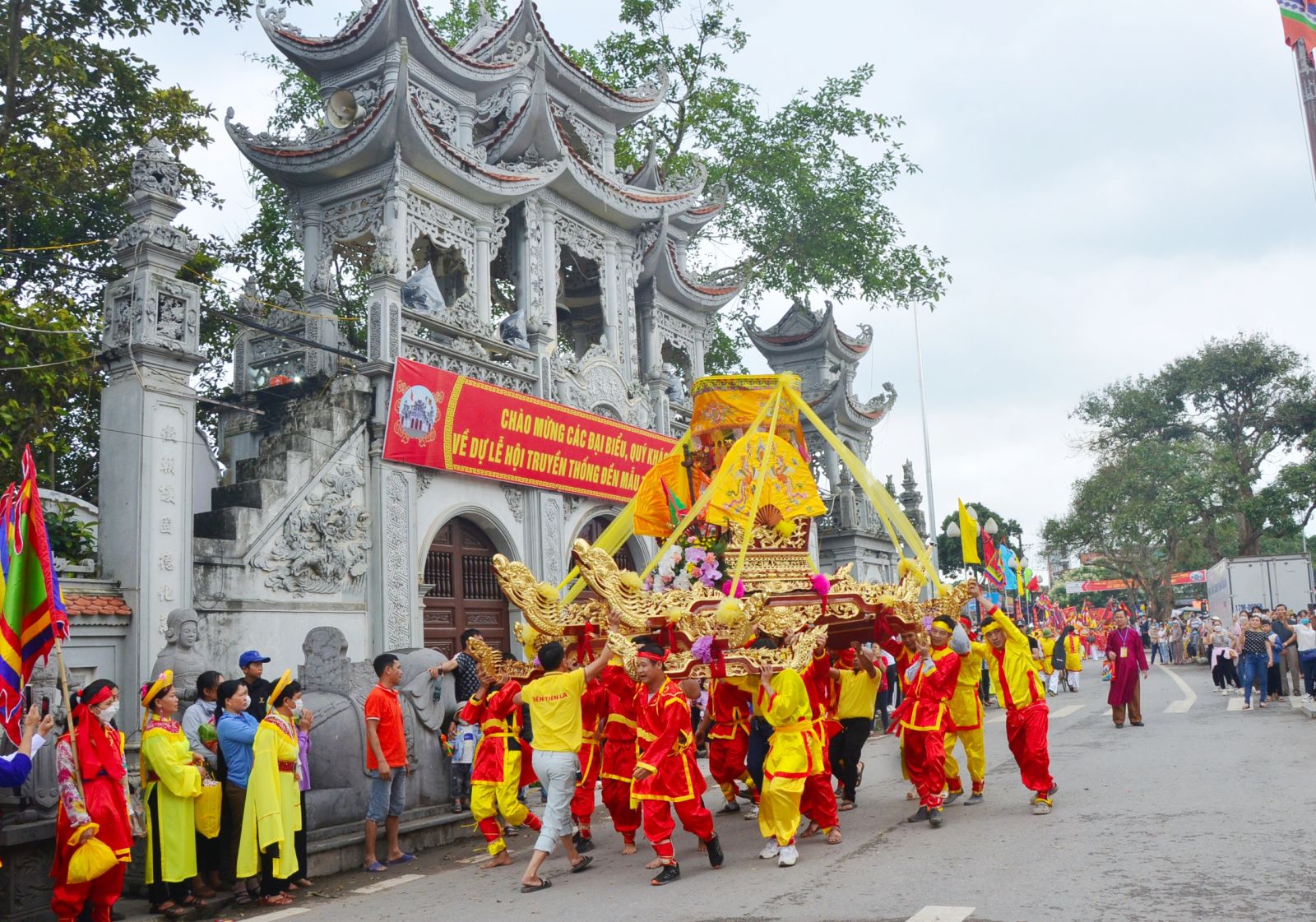







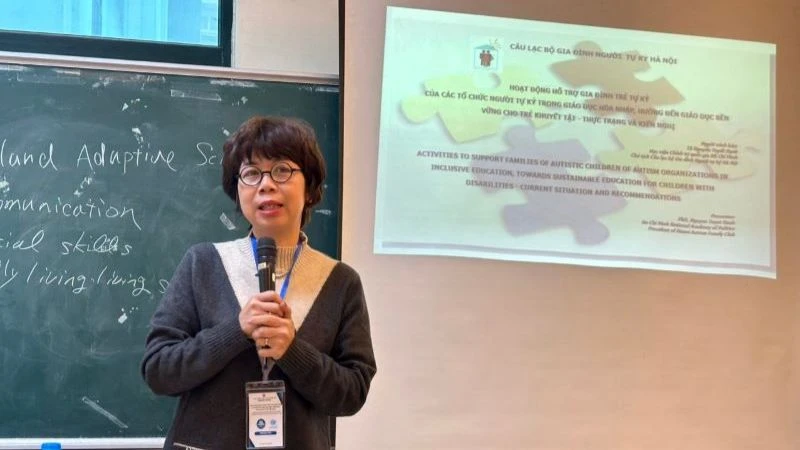



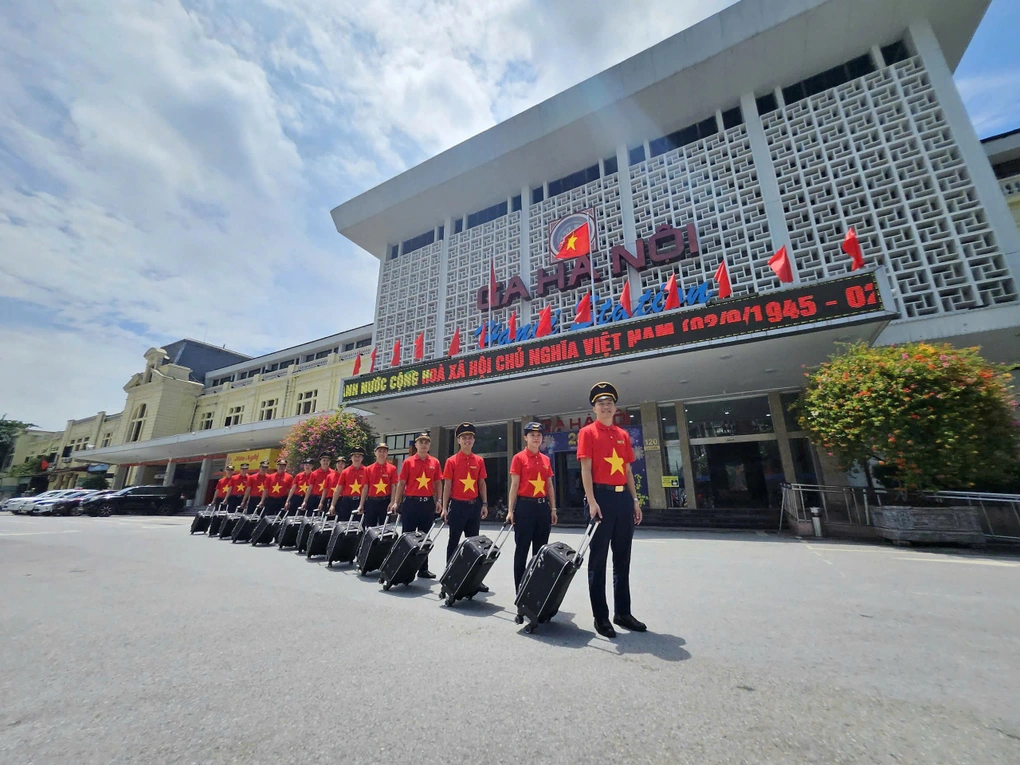





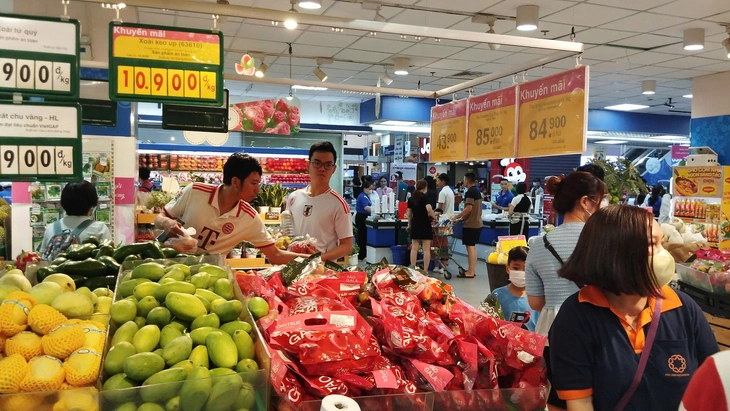
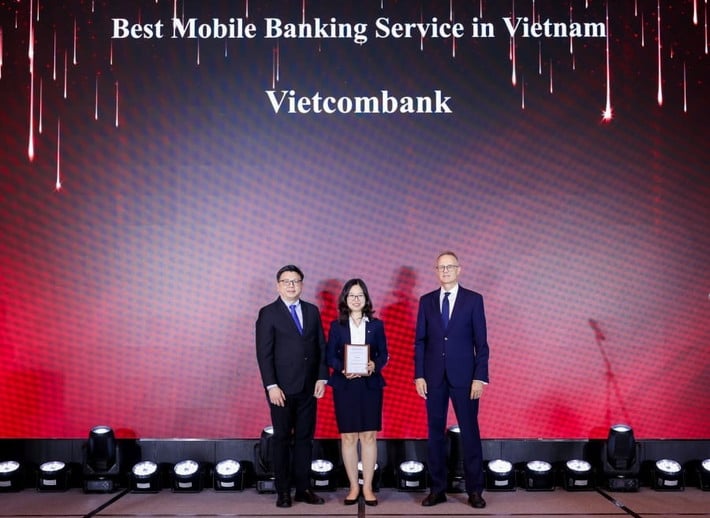

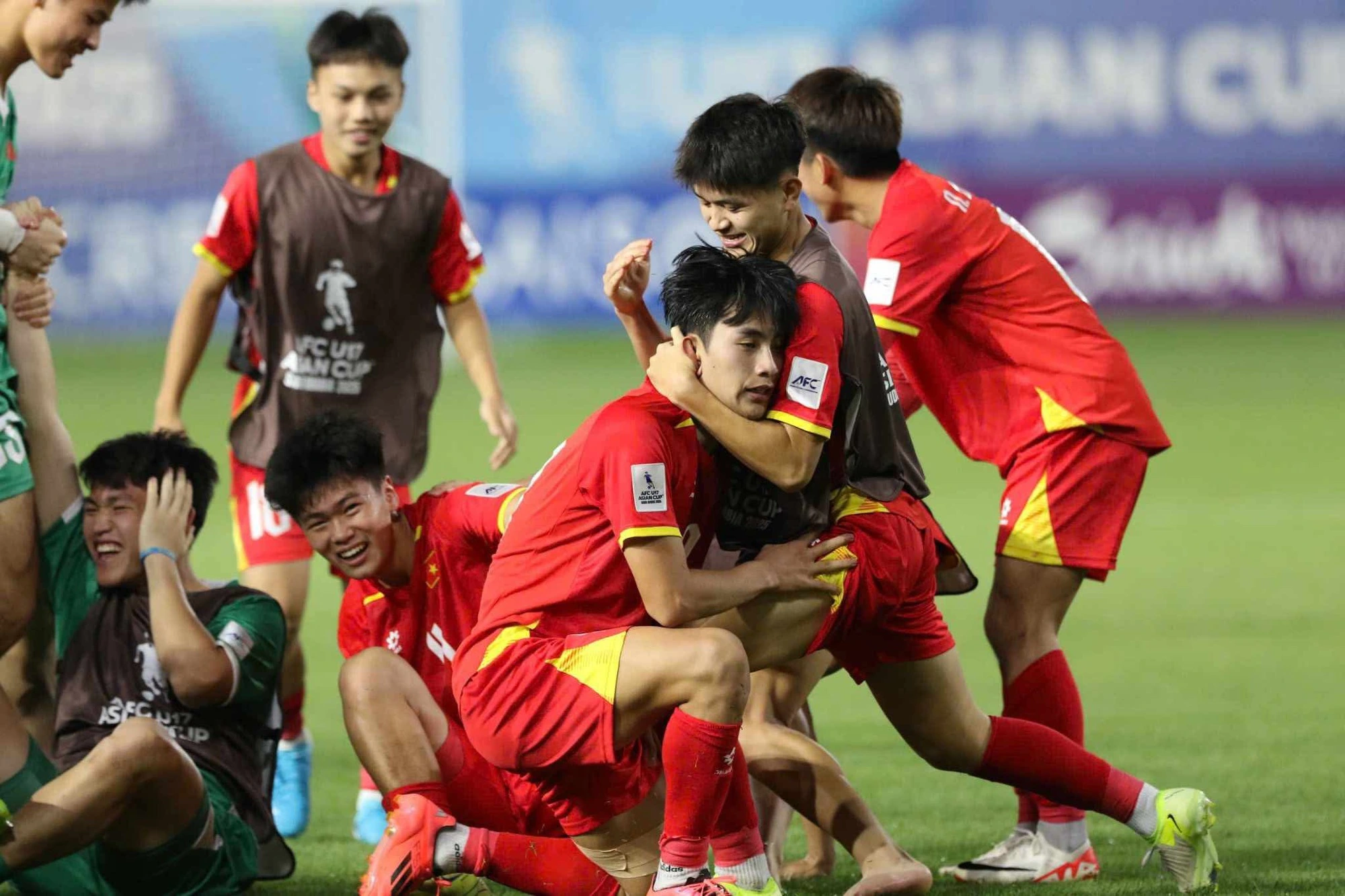

![[Photo] National Assembly Chairman successfully concludes official visit to Uzbekistan](https://vstatic.vietnam.vn/vietnam/resource/IMAGE/2025/4/9/8a520935176a424b87ce28aedcab6ee9)

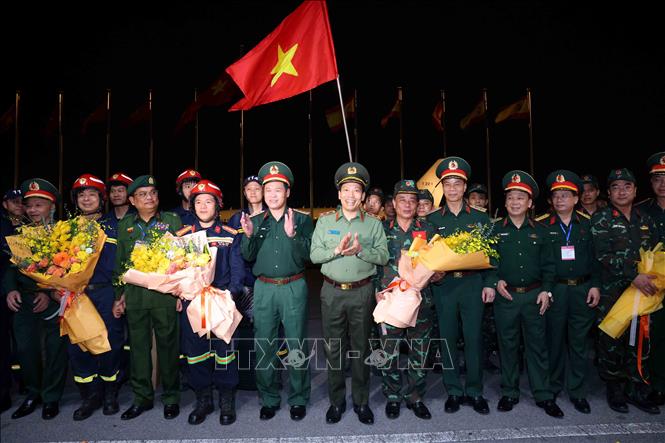
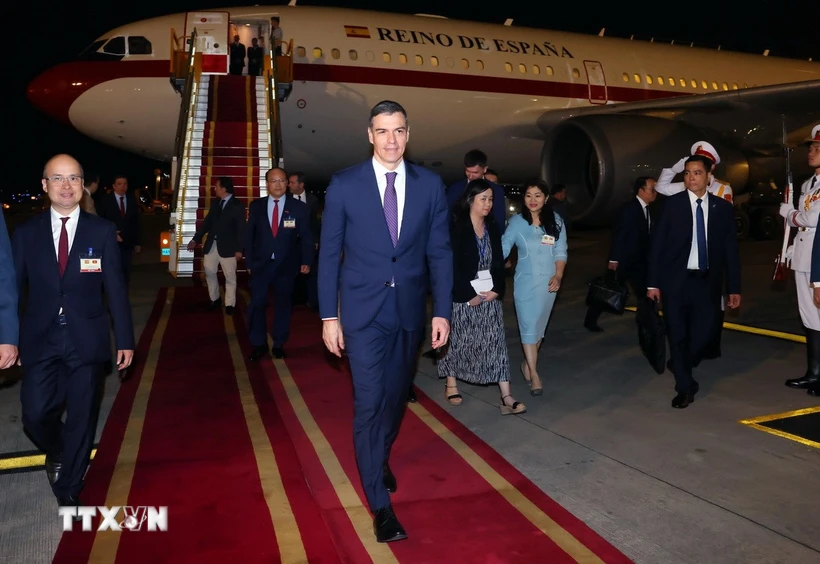









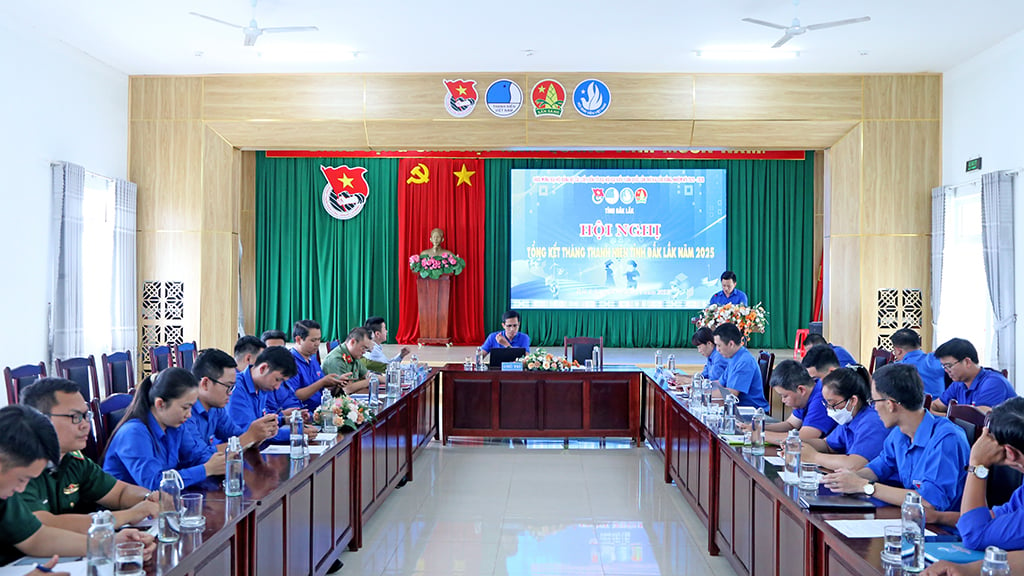
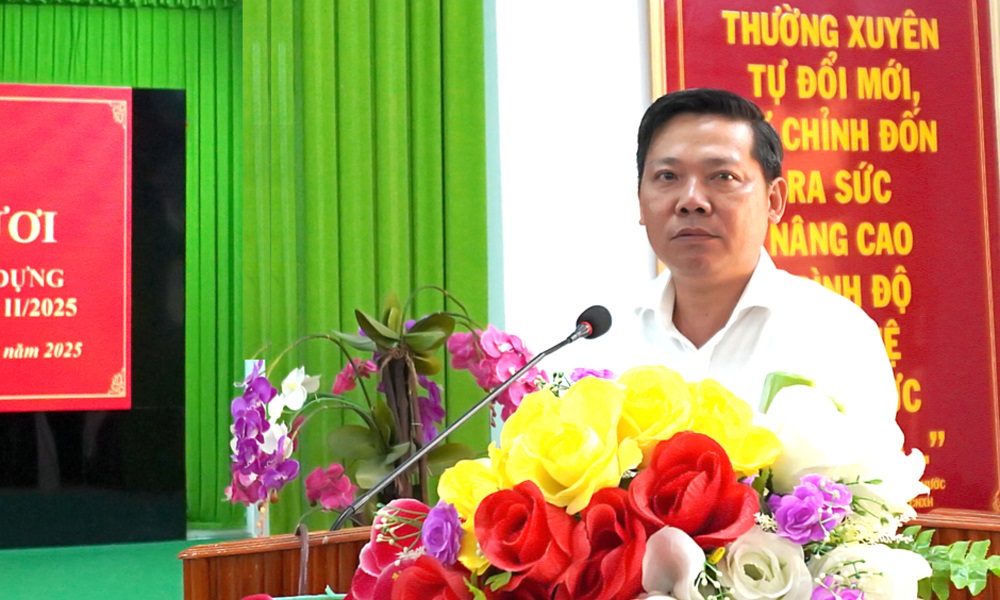
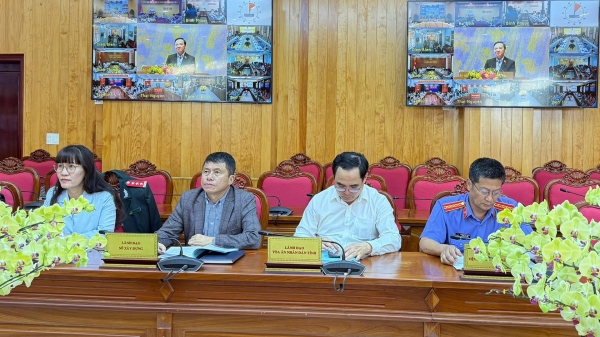
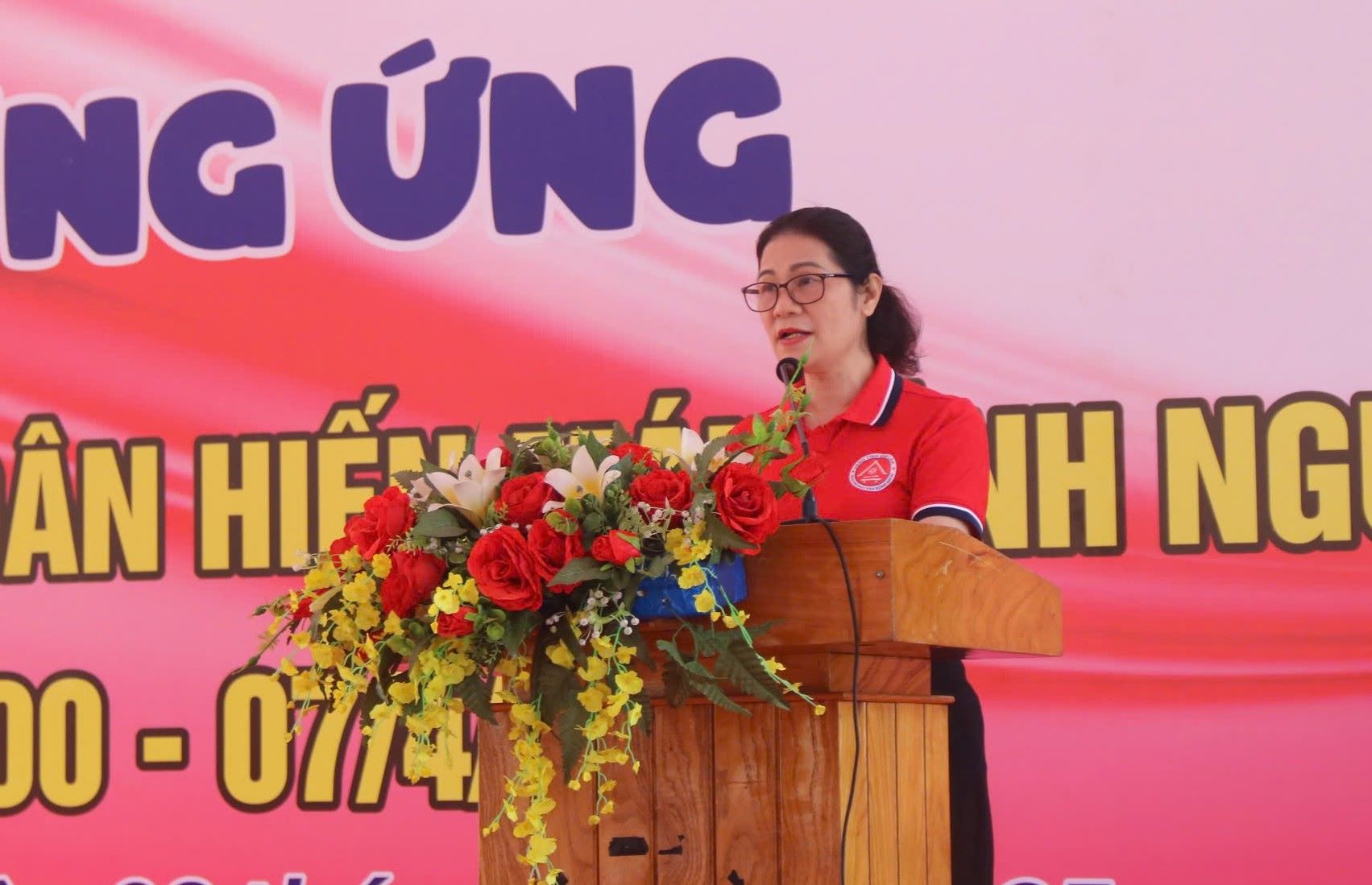
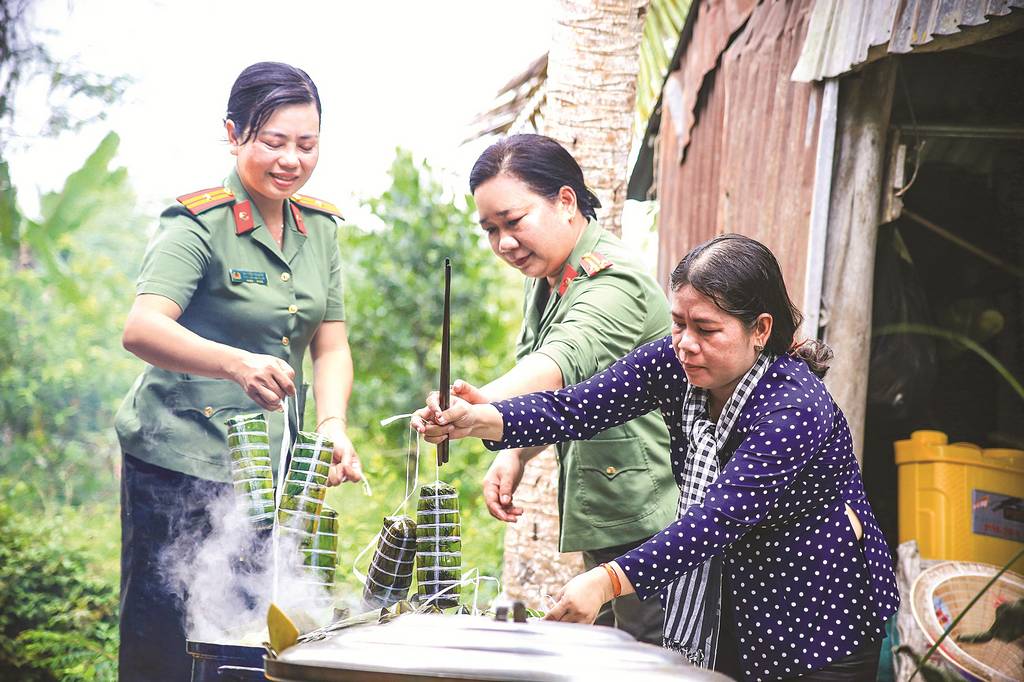
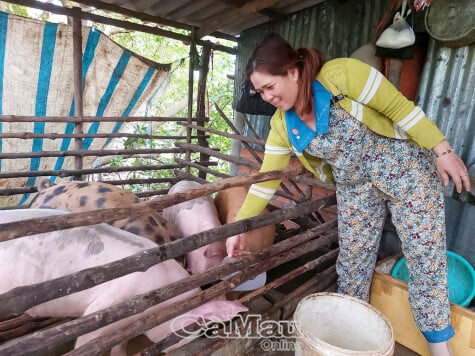




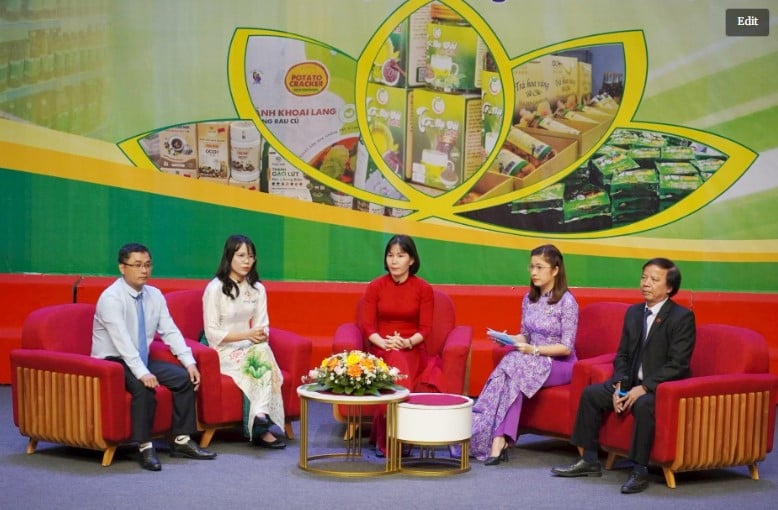

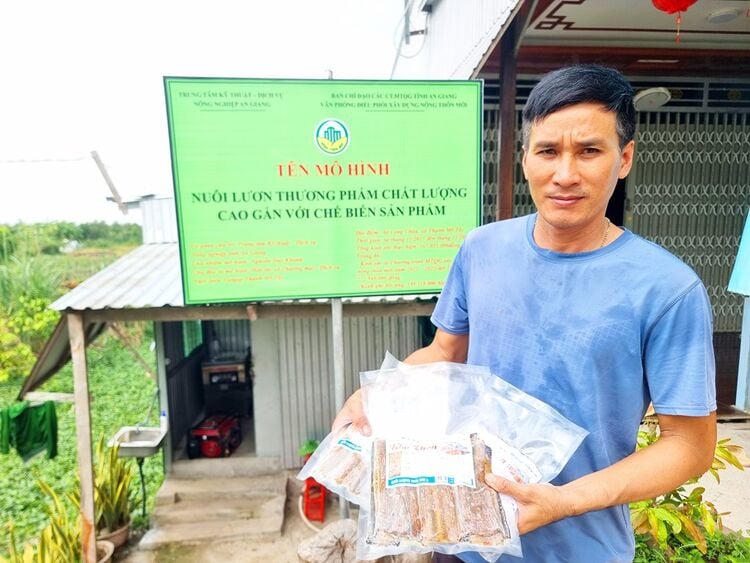
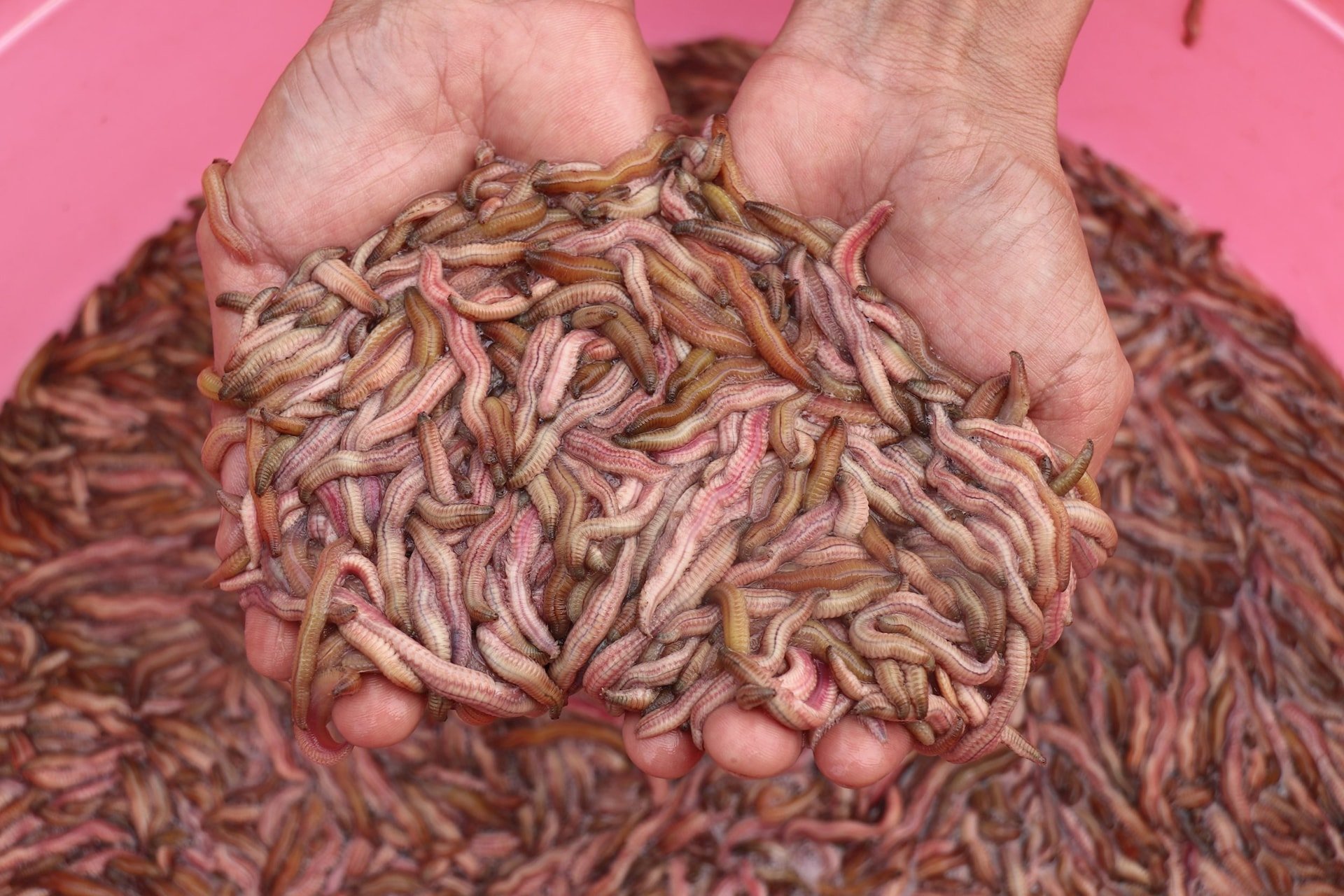
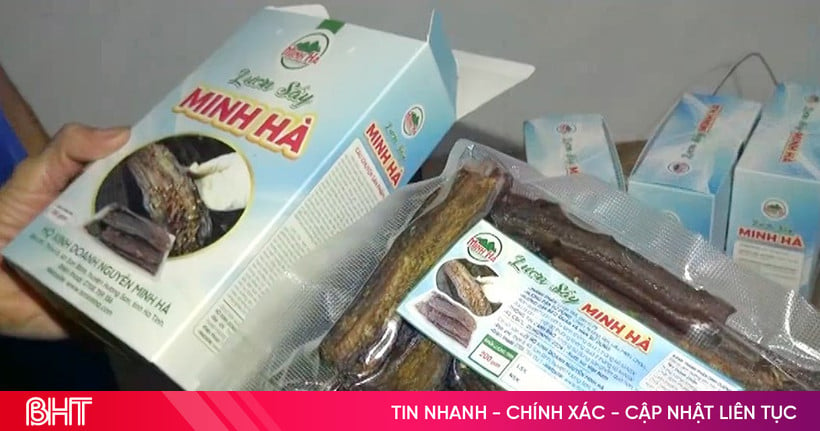

Comment (0)